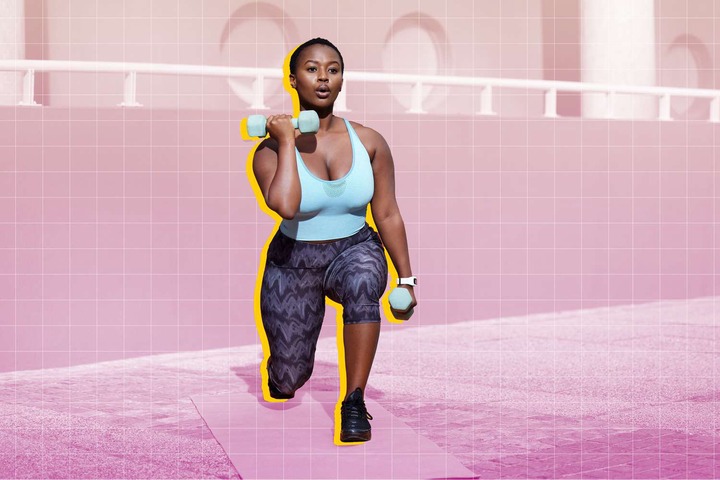Habits like consistent weight lifting and frequent resistance training are crucial components of muscle building. But choosing the right types of foods and ratio of macronutrients is what matters most for muscle building. Protein plays a large part in muscle growth, but there are some nuances to how much protein you should have each day and how to space out your intake. Let’s take a closer look at the habits that play a role in gaining muscle mass and how to prioritize muscle building on a daily basis.
What Is the #1 Habit to Start If You’re Trying to Build Muscle?
The #1 habit you should embrace if you’re trying to build muscle is to prioritize protein. Protein needs differ from person to person, based on size and activity level. The Recommended Dietary Allowance (RDA), also known as the minimum amount of protein you should have each day is 0.8 grams per kilogram (AKA 0.36 grams per pound) of body weight. For a 150-pound person, that’s at least 54 grams of protein per day.
According to the International Society of Sports Nutrition, a daily protein intake of 1.4 to 2.0 gram per kilogram (0.63 to 0.90 grams per pound) of body weight is sufficient for building and maintaining muscle mass for most exercising individuals. For the same 150-pound person, that’s about 94 to 135 grams of protein per day.
Protein intake should be spread throughout the day at breakfast, lunch, dinner and snacks. Ideally, eating protein every three to four hours can help maximize muscle protein synthesis. What’s more, research suggests that having 15 to 25 grams of protein in the two hours after a workout can aid in muscle growth. But muscle accumulation also occurs in the 24-hours after a workout, so it’s important to continue balanced dietary practices throughout the day.
How Does This Habit Help You Build Muscle?
Protein is made up of building blocks called amino acids. The body uses these amino acids for muscle growth and repair. During exercise, the muscles experience microtears. The amino acids from protein repair those tears, and any leftover amino acids go towards building new muscle. This is the foundation of muscle growth.
Specifically, branched-chain amino acids—valine, leucine and isoleucine—have been shown to be very effective in this muscle growing stage. Luckily, these amino acids are abundant in foods like chicken, tofu, eggs, milk, tuna and lentils.
Ways to Add More Protein to Your Diet
The most effective strategy for adding more protein to the diet is to incorporate it at every meal and snack. Here are some simple ways to add protein into each meal of the day.
Breakfast
Eggs are a protein-rich breakfast staple, but there are plenty of other ways to get this macronutrient first thing in the morning. Add a cup of milk or soy milk to your smoothie or oatmeal for a protein punch. Top your morning muesli with nuts and seeds. Or opt for a chia pudding or yogurt parfait, both of which are packed with protein.
Lunch
Make protein the star of the show with a turkey roll-up or a chicken wrap. If you’re plant-based, a chickpea salad sandwich is a high-protein filling meal. Or, choose a hearty bean or lentil soup that’s perfect for making ahead.
Snacks
Protein energy balls are a yummy snack that you can prep ahead and eat whenever hunger strikes. Frozen Greek yogurt bark is another simple and satisfying snack that packs a protein punch.
Dinner
Plan your dinner around a protein, like lean turkey breast, sheet-pan fish or marinated tofu. Then add veggies and a starch like rice or noodles for a simple and complete meal.
Dessert
Believe it or not, it can be easy and delicious to add protein to your dessert. Try our Banana Pudding Parfait for a protein-packed riff on a classic, or whip up our simple 2-Ingredient Peanut Butter Banana Ice Cream. Or lean into silken tofu’s velvety texture with impressive recipes like this tasty Chocolate Raspberry Tofu Pie.
The Bottom Line
Protein is a crucial component to muscle growth, and suggested intakes vary based on size and activity level. Spread your protein intake throughout the day, but prioritize getting it at each meal and snack to help you meet your goals. To help make it easier, think about how to ensure a source of protein is on your plate and then build a dish around it.



























